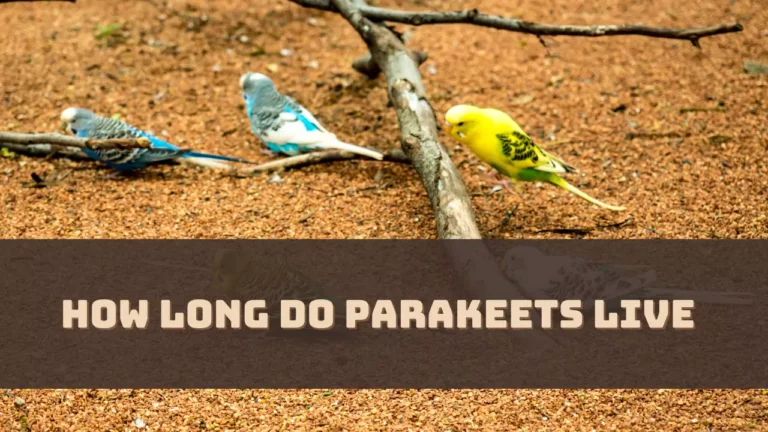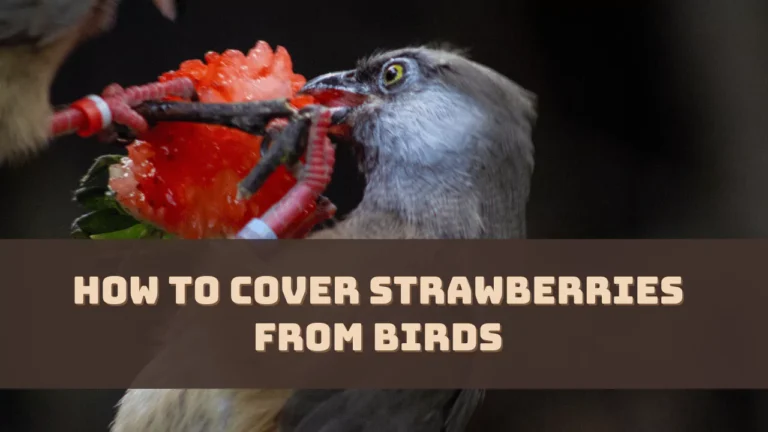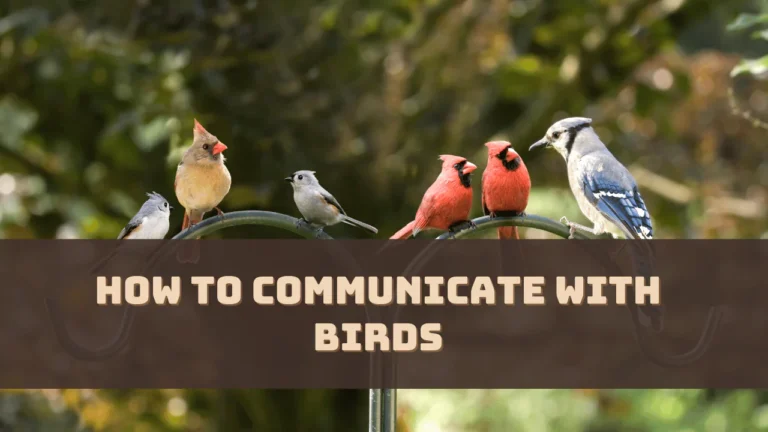Birds are curious creatures and can take 5 to 18 days typically to find a new feeder based on the location, environmental condition, safety, presence of predators, time of the day and bird species. Their keen eyesight and communication skills help them to spot new food areas.
If you want to attract birds to your new bird feeder, then we are about to discuss the potential strategies that you can implement with ease.
How do Birds Locate a Bird Feeder?
Birds have developed their natural instinct and senses to locate bird feeders, such as –
Sense of Sight
Birds have incredible eyesight and can spot potential food sources from up to two miles away and even more. Also, their flying ability helps them to scan entire areas at a time. Birds have large eyes, which help to monitor even the smallest details which are three times far away. They get a crystal clear view, due to their biological eye structure – lens and cornea, which increases the refractive power.
They also have color receptors or cone cells which provide a clear vision and the singular retinal structure called pectin helps to reduce the visual interference and also improve the motion sensitivity. Moreover, they also have tetra-chromatic vision, which helps them to see even in dim light (dusk and dawn).
Communication
Birds are quite vocal creatures and they use different gestures and voice modulations to communicate with other birds or share a message. They use specific calls to signal about the food sources. Birds not only have the ability to interact among their flock mates but also birds of other species. They also convey information about where to find food by wing flapping and head bobbing. Thus, a large number of one type of birds are seen to visit the bird feeder repeatedly.
Memory
Studies show that birds have great memory capacity and they can also retain it for a long time. The skill to remember and recall about places, landscapes and even bird feeders gets better with time, which helps them to visit the same location multiple times.
Curiosity
Birds are curious and explorative animals and they often take on the task of investigating new areas. They use foraging tactics to find new food areas, which also help them to learn about new landscapes and gather information. They search for food aggressively mostly after the chicks hatch.
Sense of Hearing
Birds use their auditory senses to locate bird feeders. They have a full range of hearing and are able to perceive sounds between 100 Hz and 14kHz. They can also hear infrared sounds which include the movement of seed within the bird feeder and interaction of other birds while they are eating.
Sense of Smell
Smell might not be their primary strategy of detecting a bird feeder but they use it along with other senses which help them in searching for food. They can detect the smell of certain food, which helps them to locate any bird feeder nearby.
Tips for Bird Feeder Owners
Here are the tricks that you can apply to encourage the feathered friends to visit your bird feeder:
- You can try to experiment with different types of bird food, which can include seeds or other variants of food.
- Keep the bird feeder pristine and clean.
- Add peanuts to the food provided in the feeder, so that birds can smell and locate the source.
- Choose the right kind of bird feeder which can make the birds feel safe, protected and comfortable.
- Place the feeder at a highly visible space and it should be painted in bright colors
- Try to install multiple bird feeders at different levels.
Why are Birds Not Visiting Your Feeder?
There can be various reasons, why the birds are not coming to your bird feeder, such as –
They are Feeding on Natural Food Sources
Maybe the neighborhood where you have placed the bird feeder has plenty of natural food sources, which are helping to fill the stomachs of the birds. Thus, your bird feeder is going unnoticed. You can try to serve something different to attract the birds.
Predators are Nearby
If the bird feeder is installed in the same areas where bird predators roam, then due to fear, birds might not visit. There might be other types of threats as well which are forbidding birds from coming near the feeder. You have to place the feeder in a place where predators, such as snakes, birds of prey or even squirrels cannot break in.
Using Only One Bird Feeder
There are different types of bird feeders, such as Nyjer feeders, hopper feeders, suet feeders, platform feeders, log feeders, tube feeders, and hummingbird feeders. You need to choose a particular feeder based on the species of bird you want to attract, as each bird feeder has a different purpose.
Dirty Bird Feeder
If the bird feeder is dirty, then birds would refuse to visit it as an unclean environment harbors different parasites and bacteria which are responsible for spreading infections among birds. Birds also tend to avoid moldy, smelly and wet feed, so you need to change it every day to keep the visiting birds healthy.
The Color is not Ideal for Birds
Bird feeders are attracted to two sets of colors – one is camouflaging colors which includes green, silver and black and the other set is bright color, the same as their plumage, such as red and yellow. So, if the bird feeder color is anything else, it might not be able to attract birds. You can always consider painting the bird feeder, to make it ideal for the bird’s attraction.
It is a Migration Season
If you install the bird feeder during the migration season, then there is a possibility that the birds might have already migrated south. So, you need to avoid the autumn and spring months for installing the bird feeder.
The Bird Feeder Doesn’t Have Access to Water
Some birds need access to water while they are feeding. Moreover, birds can easily spot moving water from a distance, so they will definitely arrive at the bird bath for either drinking or bathing. This would be a golden opportunity as the birds would easily get attracted to the bird feeder.
Keep Patience
You have to keep patience and wait for the birds to notice the bird feeder. Once a flock of birds is able to discover the feeding area, they will communicate with other mates and your backyard will soon be filled with different species of feathered creatures.
How Long Does it Take for a Bird to Visit the Bird Feeder?
There are certain factors that determine how long it will take for the birds to discover the bird feeder.
- The bird population and local bird diversity.
- Migration pattern of the birds and the route they take as a traveler.
- Local bird feeding culture, whether the local bird is familiar with the feeding stations.
Which Birds Most Likely Find the Bird Feeder First?
The exploratory nature of bird species decides who would most likely find the feeder first, such as – chickadees, nuthatches, titmice and woodpeckers.




